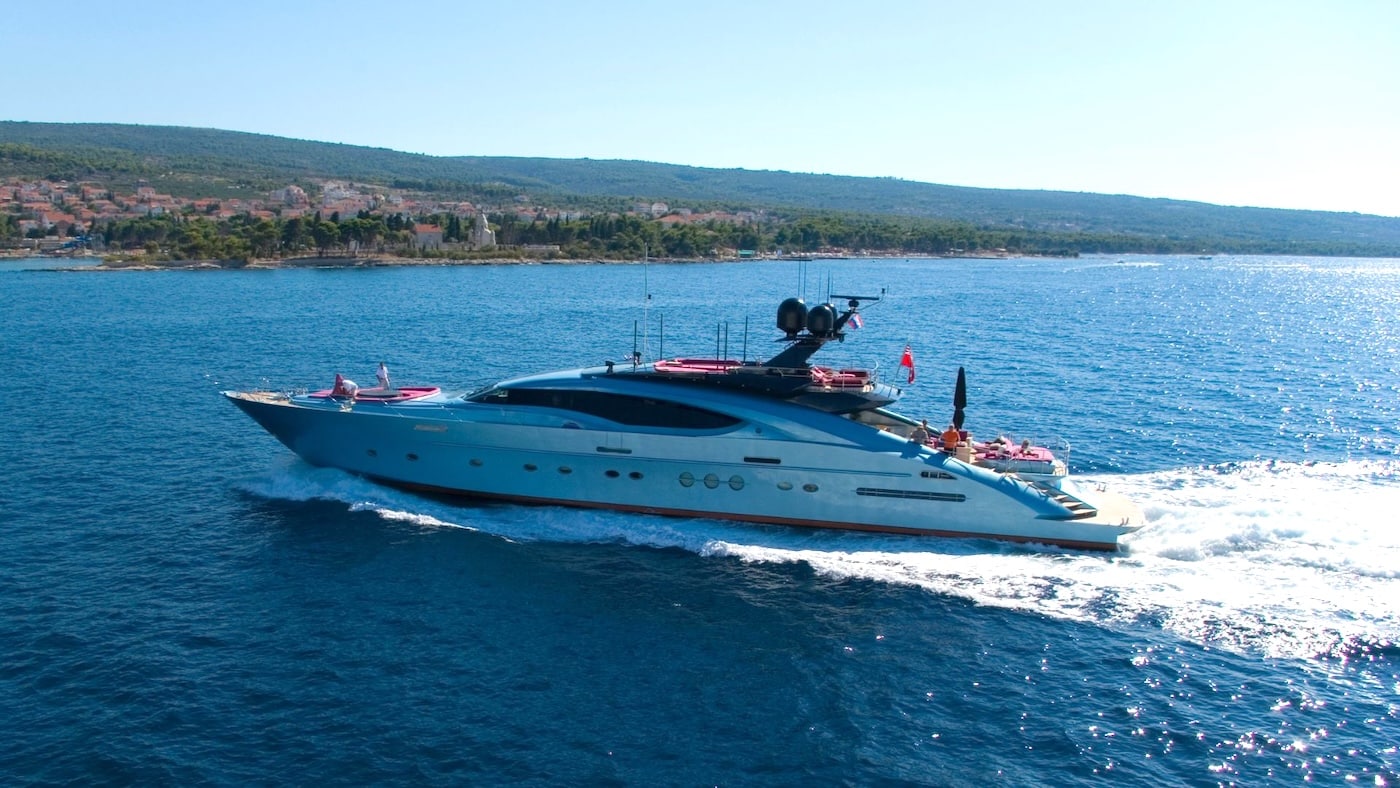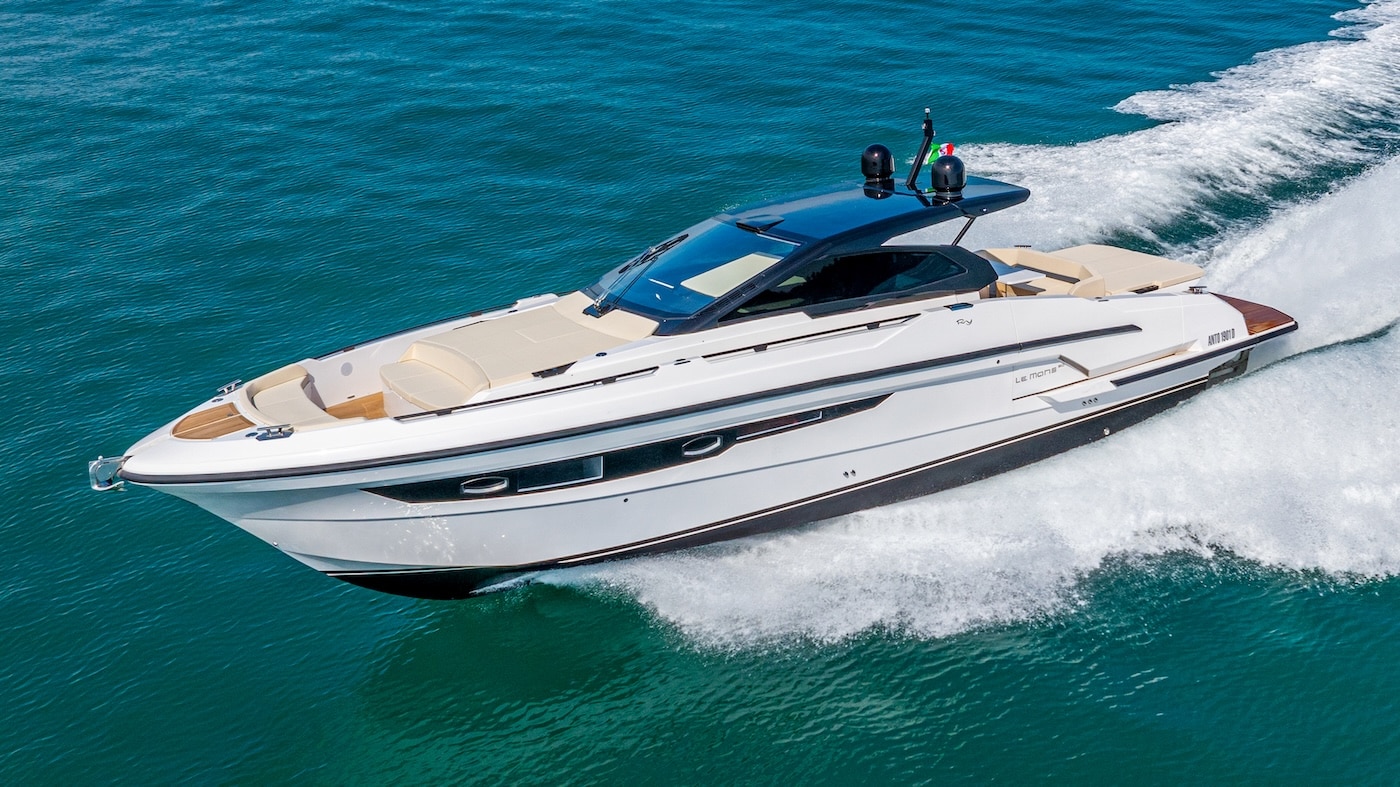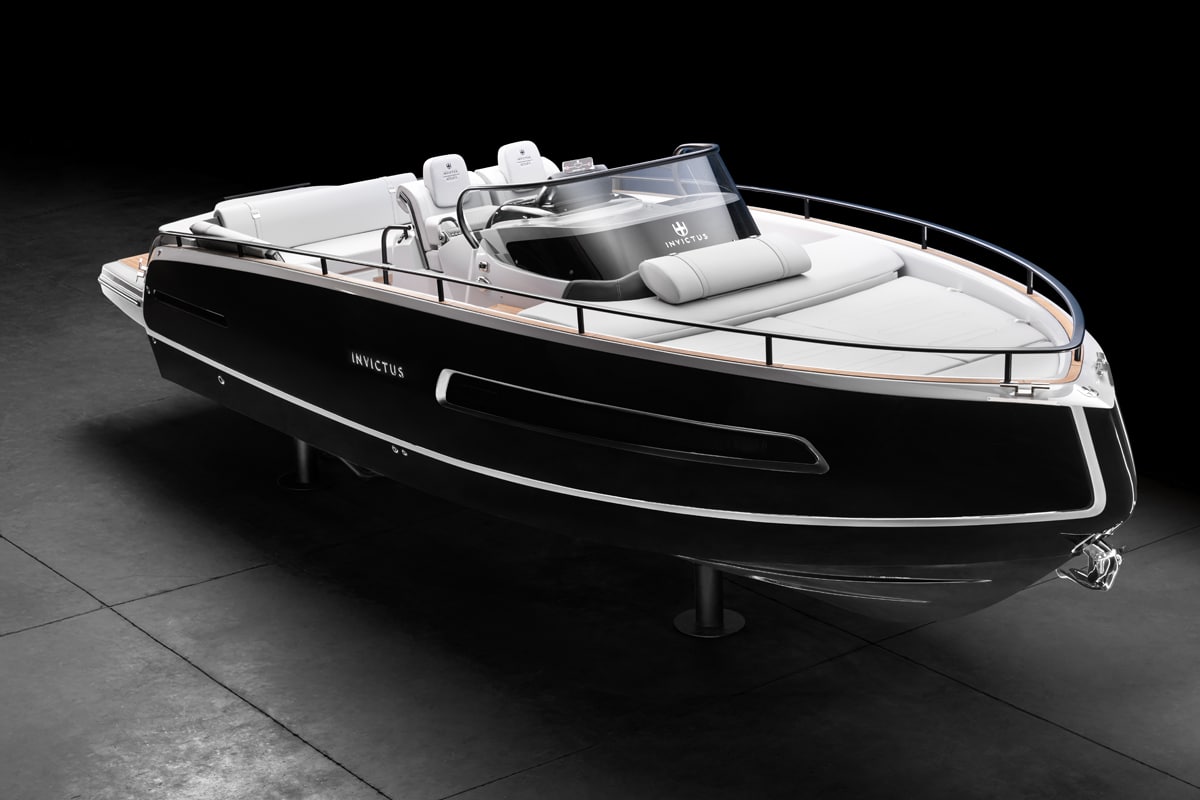The season of boat cleaning and antifouling is approaching. It actually represents an excellent occasion to run a series of checks we can’t normally do when the hull is submerged. Propeller axis, engine foot, through-hull, probes, zincs can be checked easily when the boat is hauled.
Our boat, too, a glorious 1986 Finot Comet 460 which we have transformed into a real mobile lab for our equipment tests, has met the same fate in recent days. The boat was hauled at our test centre, the Alpha Shipyard in Marina di Varazze, and, this gave us the chance to take a look at the hull.
What we propose to you today is a short check list – good for both sailing and motor boats – we always adopt to check the holding and integrity of all the essential elements of the boat before summer cruises.
They’re some simple checks, sufficient to know whether something is wrong and do eventual maintenance works.
Engine axis
In order to check the engine axis, we have to grab it and try to move it. A light movement is normal but an evident one should make us worry about that. In particular, we have to check the journal box, that is the ring where the axis passes through within its support. In case of wear patterns, especially if irregular, this means that the axis is working badly. Thus, we have to replace the journal box. If we have a S-Drive engine, we have to check the integrity of seals.
Rudder axis
In this case, we have to “embrace” the rudder blade and move it back, forth and laterally in order to check its movement. The latter must be practically absent; otherwise, we need to act.
Traces of rust on the keel
After a year spent in water, our keel might show some signs of rust. In this case, we only have to remove rust and use an epoxy primer before antifouling.
Seacocks and sewers
This is probably the most important step in terms of boat safety. Once the boat has been hauled, we can open and close all the seacocks in order to check whether their mechanism works well. If the open/close movement is too soft or too hard, this means that something is wrong probably because of some occurring corrosion phenomena.
In this case, we have no doubt: the seacock needs to be replaced. Its external part must be checked, too.
LOG probe and electronic instruments

O-rings
All sensors and instruments are equipped with O-rings, that is black and round seals wrapping the metal part of the hull. We have to check their integrity and cover them with some silicone grease.
It’s generally good to replace zincs, also known as “sacrificial anodes” because of their function of attracting galvanic currents and get exhausted every time we haul.
Anyway, we just need to take a quick look to check them. If they’re intact, they’re ok. If, on the contrary, they show some traces of corrosion, they must be replaced.




























